Advertisement
Eyes On The Exam

Eyes On The Exam starts with a quiet desk, a test sheet, and a heavy atmosphere. The light flickers slightly. The other students remain still. At the front, a tall figure stares forward, unmoving yet aware. You’re given no instructions, only a timer and questions with no clear answers. The silence in the room is not peaceful—it’s heavy, like the moment before something breaks. You must complete the test, but to do that, you’ll have to look where you’re not supposed to, think fast, and act carefully.
Looking for Clues, Hiding from Consequences
The answers aren’t in your memory—they’re around you. Written on your neighbor’s exam, scratched into a desk leg, faintly visible on the chalkboard. The only way to survive is to observe. But watching is dangerous. Every second your gaze drifts from the test, you risk being noticed by the one monitoring the room. The figure doesn’t scream or chase. It watches, and it reacts. Your behavior shapes what happens next. Over time, the line between being watched and being hunted becomes harder to define.
Mechanics That Build the Experience
- Time-limited exam sessions with randomized questions
- Visual-based stealth that punishes prolonged observation
- Fully diegetic interface—no HUD, no pop-ups, no hints
- Hidden environmental details that expand the story
- Multiple endings based on player behavior and discovery
These systems create a horror game, and a pressure simulator where learning the rules is as hard as following them.
A Place That Remembers You
After each attempt, things change. Maybe only slightly—an open drawer that was once closed, a message that appears only after you’ve failed before. The classroom isn’t just a static space. It responds. It remembers. And over time, it begins to shift. You realize there are other layers beneath the test, hidden logic behind the questions. Repetition doesn’t just bring familiarity—it brings decay. The environment becomes more unstable, the teacher less passive. Each session feels like peeling back something that was never meant to be touched.
The Exam Is Only the Surface
Eyes On The Exam plays with expectation. It presents itself as a simple scenario: pass a test without getting caught. But beneath that is something deeper—an atmosphere shaped by silence, paranoia, and repetition. There are no jump scares, only tension that stretches longer the more you understand. The rules never stay fixed, and the goal becomes unclear. You’re not just trying to finish an exam. You’re trying to understand what kind of place would give this test in the first place—and what happens if you succeed.
Advertisement


























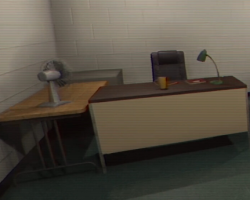


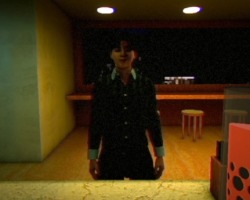
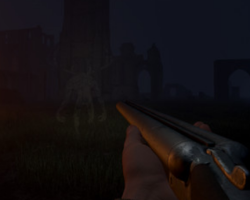













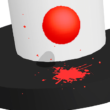


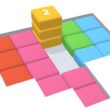

























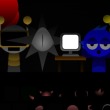












Comments